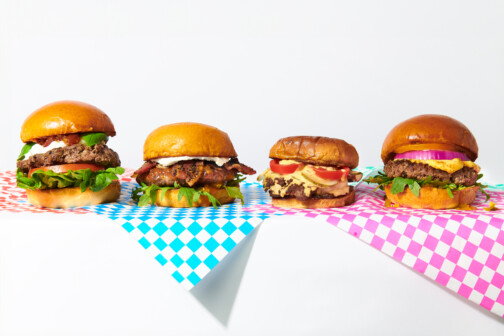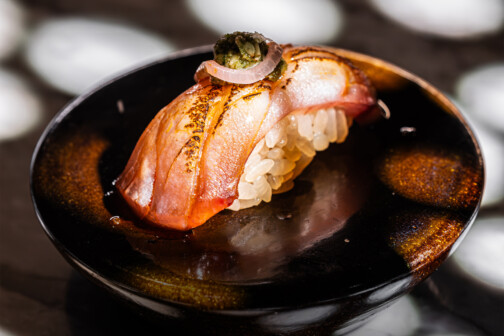Artist Richard Patterson recently wrote about finding the signature dish of his homeland in his adopted city, Dallas. You can read that here. He also ranked the best fish and chips in Dallas here. But the best, he argues, come from Chef Nick Barclay, whose Fish & Fizz closed earlier this year. This is how to make your own version at home.
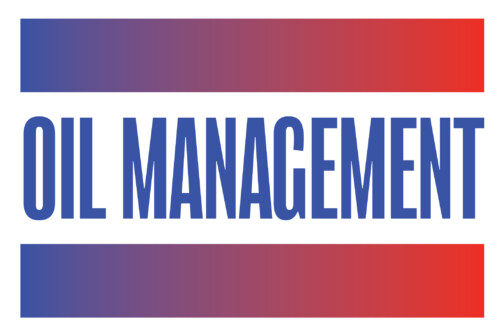
Chef Nick Barclay uses canola oil for frying, but traditionally it was tallow or lard. This is extremely rare, even in the U.K. now, but some places will still use tallow. Both of these are expensive and will stink the place out, but both have very high smoking points.
(Trivia: when you first look to rent a flat in Britain, there’s often one that comes up cheap, and when you arrive, it’s the one directly above the chippy on High Street. The 24/7 frying of fish and chips will permeate the entire building with the same smells that go all the way back to Oliver Twist, one of the earliest literary references to street fried fish, a more romantic proposition to read about than to live with.)
The quality of the oil is key. It improves over a few days, so long as it’s filtered each day. Fresh oil isn’t as good as days two and three, since the oil carries more flavor.
In the Dallas context, having dedicated fryers is absolutely key. If you’re frying all your pub food in the same small fryers, this will mean chicken wings, Scotch eggs, corndogs, you name it. A fish and chip shop will have large, dedicated fryers only doing fish and chips.
Any Brit is familiar with the giant stainless steel fryers that partly make up the counter area in the fish and chip shop. One is dedicated to the fish, the other to the chips, although some places will use one fryer for both, and some people like the fish flavor imparted to the chips. Nick likes to keep them separate and also uses different frying temperatures for each. This is essential. A small fryer in a pub will lose temperature as you dip each serving in. If they’re in a rush, one can guess that the oil may not always be up to temperature.
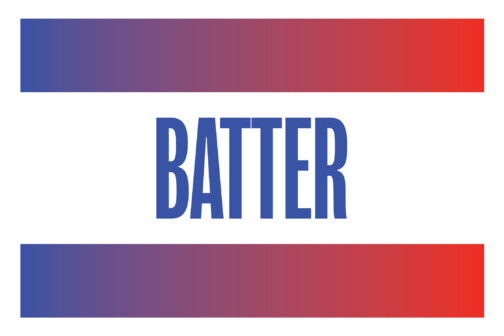
Nick prefers to keep his batter no more than 30 minutes old, which he could do at Fish & Fizz because he was serving more than 400 portions per day, typical of any U.K. fish and chip shop. For obvious reasons, Nick won’t reveal his batter recipe, but a batter for fish needs to be quite thin. You want batter with your fish, not fish with your batter.
Principle ingredients: flour, raising agent, water. Some will add egg as a binder, and many will fashionably add beer. The misconception is that the beer adds flavor and “authenticity.” This is a bit of a marketing thing and fancies up the menu. Hence, you’ll see “beer-battered cod” or more typically here “Smithwick’s battered cod.”
Raising agents in batter: bicarbonate of soda, yeast, beer, or any carbonated beverage, such as fizzy water. The reason for beer batter is that the carbonation in the beer will puff up the batter, which is why Smithwick’s may not be the best choice, since it’s not a highly carbonated beer. Just use Coors Light; it will be fizzier. Better yet, use Topo Chico.
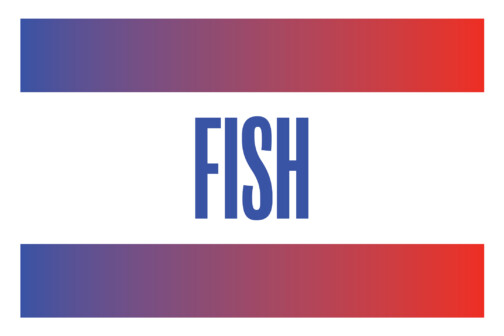
Obviously this is paramount. The higher the quality, the better. Easier said than done. Some say, “Flash frozen is the new fresh.” In Dallas, there may be some truth in this. Consider the economics: $19 to $24 per pound of fresh Atlantic cod fillets as sold variously at Central Market, Whole Foods, and TJ’s Seafood Market. A cod caught in the Atlantic might spend a full day on a boat before it’s back at port. Then it’s cleaned and packed (if that didn’t happen on the boat already), goes to the market/distributor, portioned up, sent to the airport, has to clear inspections and customs, arrives at destination. Best case, the “fresh fish” in Dallas is four days old, maybe six or seven by the time you’ve bought it. The shelf life of fish is short, shorter than beef.
Flash frozen and flash frozen at sea (FAS) may be the optimum compromise between price and quality for many applications in a place as far from the coast as Dallas. Simple flash frozen could mean the fish was iced onboard ship for a while before being frozen at port. FAS, however, means that the fish was frozen at sea onboard football field-sized factory ships. Flash freezing blasts the flesh down to -18 degrees within a few hours of being caught, such that no ice crystals form. If the fish is good quality cod to start with, well-handled and quickly frozen, this may yield a very good product.
Bear in mind, some fish is FAS and then sent to China, thawed, portioned up, and refrozen and sent back to the States. This will be cheaper. There is less wastage for the client but lower overall quality. Re-freezing will lead to mealy flesh and a drop in quality.
The best cod are in the coldest, clearest, deepest waters. The best cod are said to be skrei, caught off the northern coast of Norway. In November, all members of the skrei population swim about 600 miles south to their spawning ground off the Norwegian coast. They’re the most athletic and fit fish of all and have the firmest flesh and the shiniest skin.
In U.K. fish and chip shops, you won’t see the 2.5-ounce batons of cod that you often see in Dallas pubs. The large cod fillet in U.K. fish and chip shops, often starting out between 20 to 32 ounces, is divided laterally into four even portions. Only some of the Dallas places offer this. The shape of the portion is important because the batons are so small that they cook quickly and are more likely to be overcooked. Too, the ratio of batter to fish is too high with the batons. A U.K. fish and chip shop will serve a single fillet, either regular or large, usually between 6 and 9 ounces.
At store prices of $20 per pound for fresh cod, and a portion size of, say, 7 to 8 ounces, that’s $10 just for the cod. Any pub is looking to keep within 30 to 34 percent cost of ingredients to sale price of the dish to maintain a profit. Do the math. A pub can’t stay in business and sell you truly fresh, premium cod at $15 to $18 per plate.
We’ve come to expect tasty and good food at very cheap prices. For this reason, Nick’s dedicated proper fish and chips place, before it closed, could rely on high turnover of 400 covers of fish per day, meeting supplier requirements of guaranteed repeat order volume over at an affordable price. An Irish pub in Dallas serving maybe 35 orders of fish and chips on a Saturday can’t get its costs down enough to be in the game to get higher quality fish in higher volume to reach the next level in quality.

The cook must pay attention to all the details, overseeing the batter, making sure the fish is dry before dipping it in the batter, keeping the oil at the right temperature, and draining the fish in the right way afterward. Even if all the details above are seen to, if your cook doesn’t do his job, it’s all for naught.
Author






